April 13, 2024
Coast-to-coast: San Francisco to Savannah (Part 13)
By Simon J. Lau
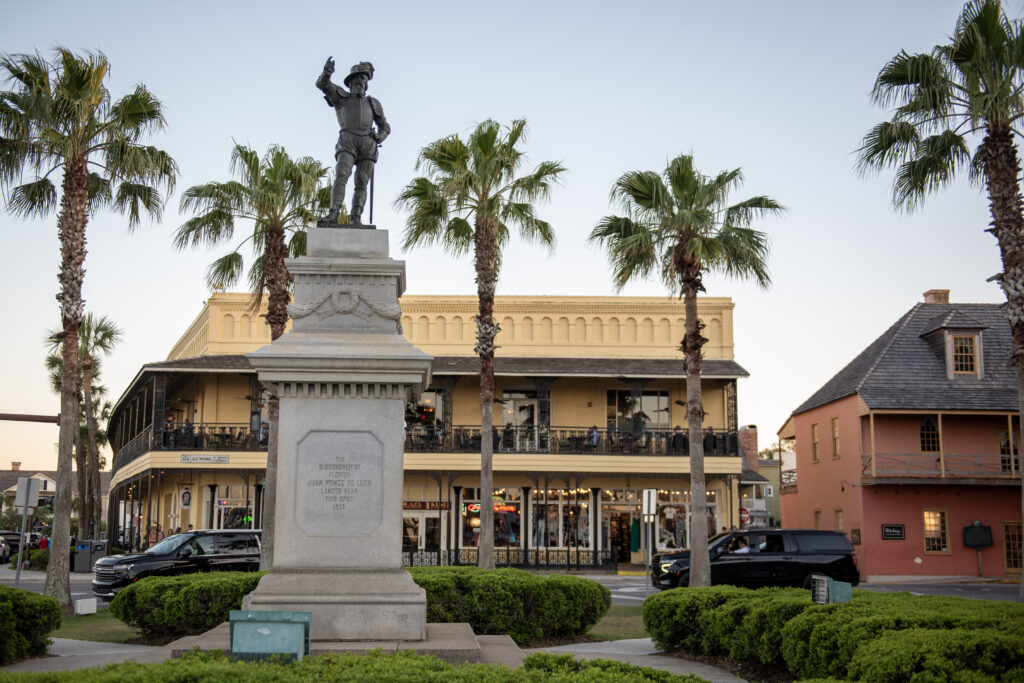
St. Augustine is the oldest European-established settlement in the United States. Founded by Spanish explorers in 1565, it changed hands several times before finally becoming part of the United States in 1821. Spain ceded Florida after recognizing it could no longer defend the territory as its empire in the Americas collapsed. In return, the U.S. covered $5 million in American claims against Spain and gave up its claims to Texas, at least for the time being.
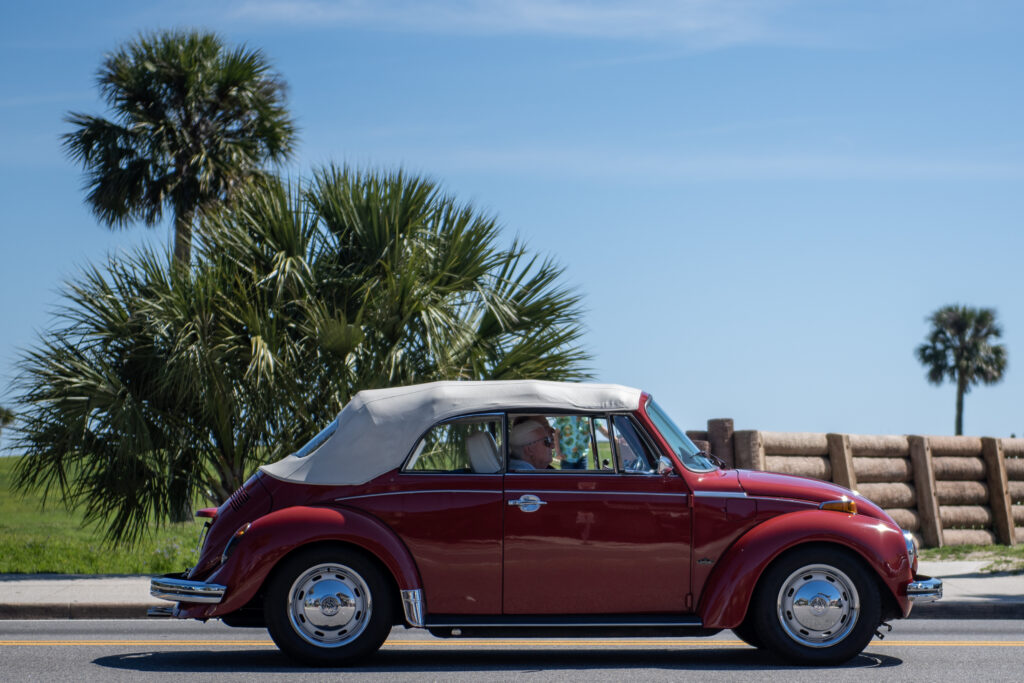
I didn’t know much about the town before this trip, but it’s already made a strong impression on me. The mix of Spanish colonial architecture, cobblestone streets, and waterfront views makes it feel both historic and alive at the same time. Bruno and I have especially enjoyed hanging out by the water and soaking up the great weather. The people-watching, in particular, has been especially fun to photograph.
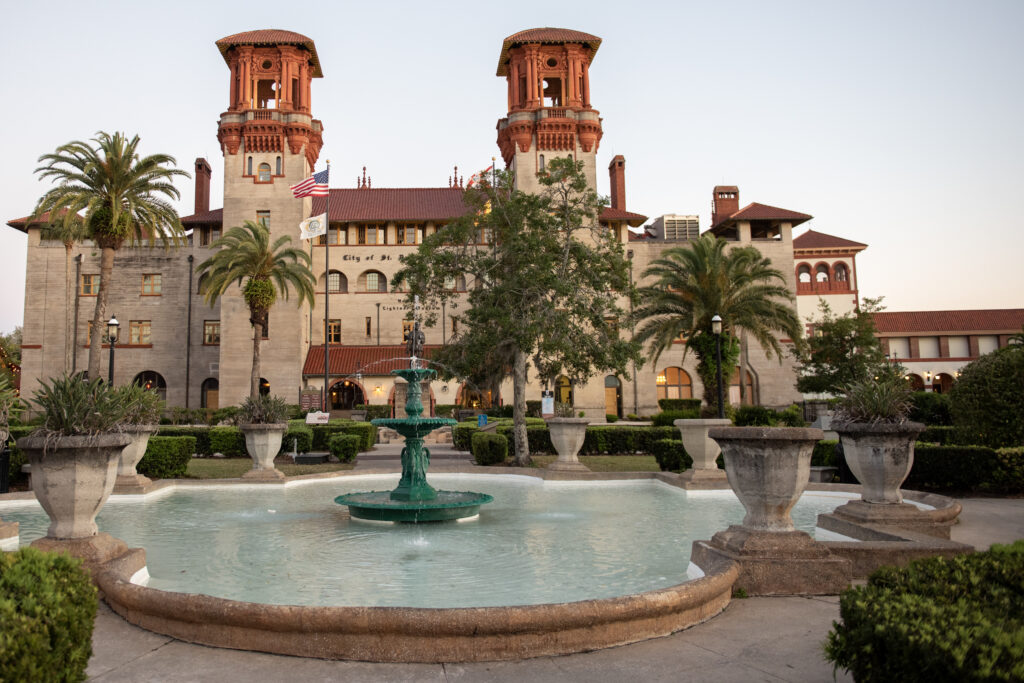
One of the most prominent buildings in St. Augustine’s city center is the Alcazar Hotel. Built in 1888 by industrialist Henry Flagler as part of his Florida East Coast Railway, it boasted luxuries like a casino, Turkish and Russian baths, and a grand ballroom that drew wealthy guests from around the country. Today, the building houses the Lightner Museum, home to Gilded Age artifacts and decorative arts.

Flagler College, a private liberal arts school, now occupies much of St. Augustine’s historic center. The campus was originally built in 1888 as the Ponce de Leon Hotel by Henry Flagler, the American industrialist who co-founded Standard Oil with John D. Rockefeller. After making his fortune, Flagler turned to Florida, investing heavily in railroads and luxury hotels. His work transformed the state into a major tourist destination.
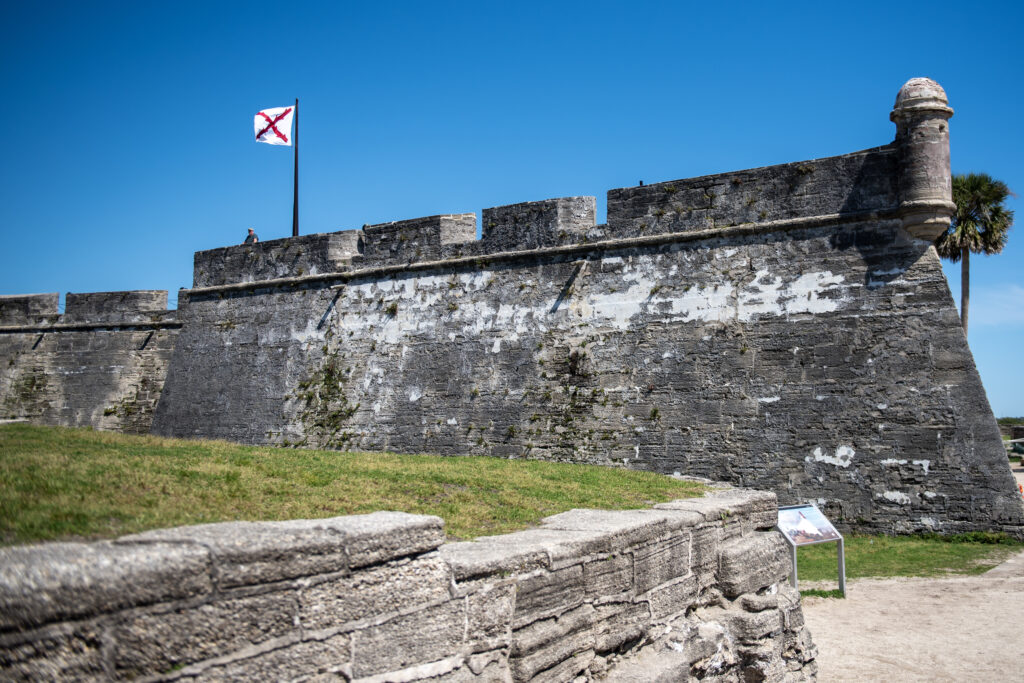
This morning we explored Castillo de San Marcos, the oldest masonry fort in the continental United States. Built by the Spanish between 1672 and 1695, it served as a military stronghold to protect their interests in Florida. Made from coquina stone, the fort is known for both its unique look and its durability. Unfortunately, dogs weren’t allowed inside, so unlike yesterday’s car museum, Bruno and I had to stick to walking around the outside.

Later, we passed by Memorial Presbyterian Church, built in the late 19th century. The church blends Gothic Revival and Romanesque styles, with tall spires, stone carvings, and stained glass windows. Completed in 1890, it was constructed by Henry Flagler as a tribute to his daughter, Jennie Louise Benedict. It’s yet another reminder of how much influence Flagler had on shaping St. Augustine.
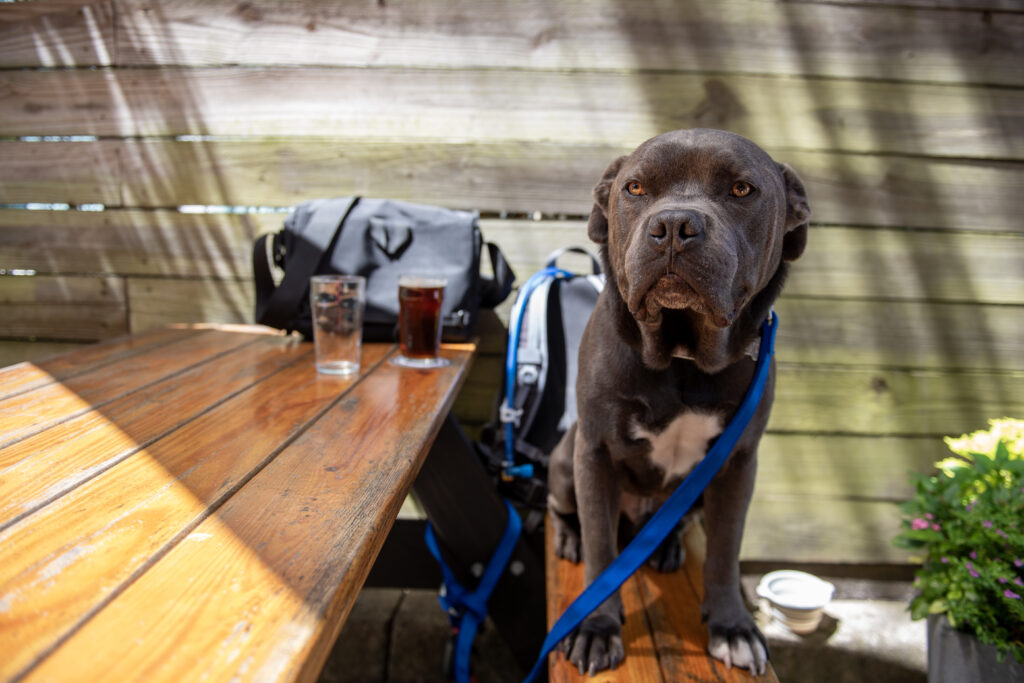
Lastly, we ended the day at Dog Rose Brewery. Bruno made the most of the patio, strutting around with his new name tag and showing it off to anyone who’d look. He definitely had a little extra swagger.

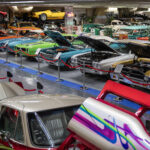
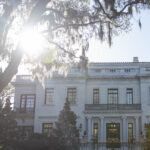

Comments are closed.